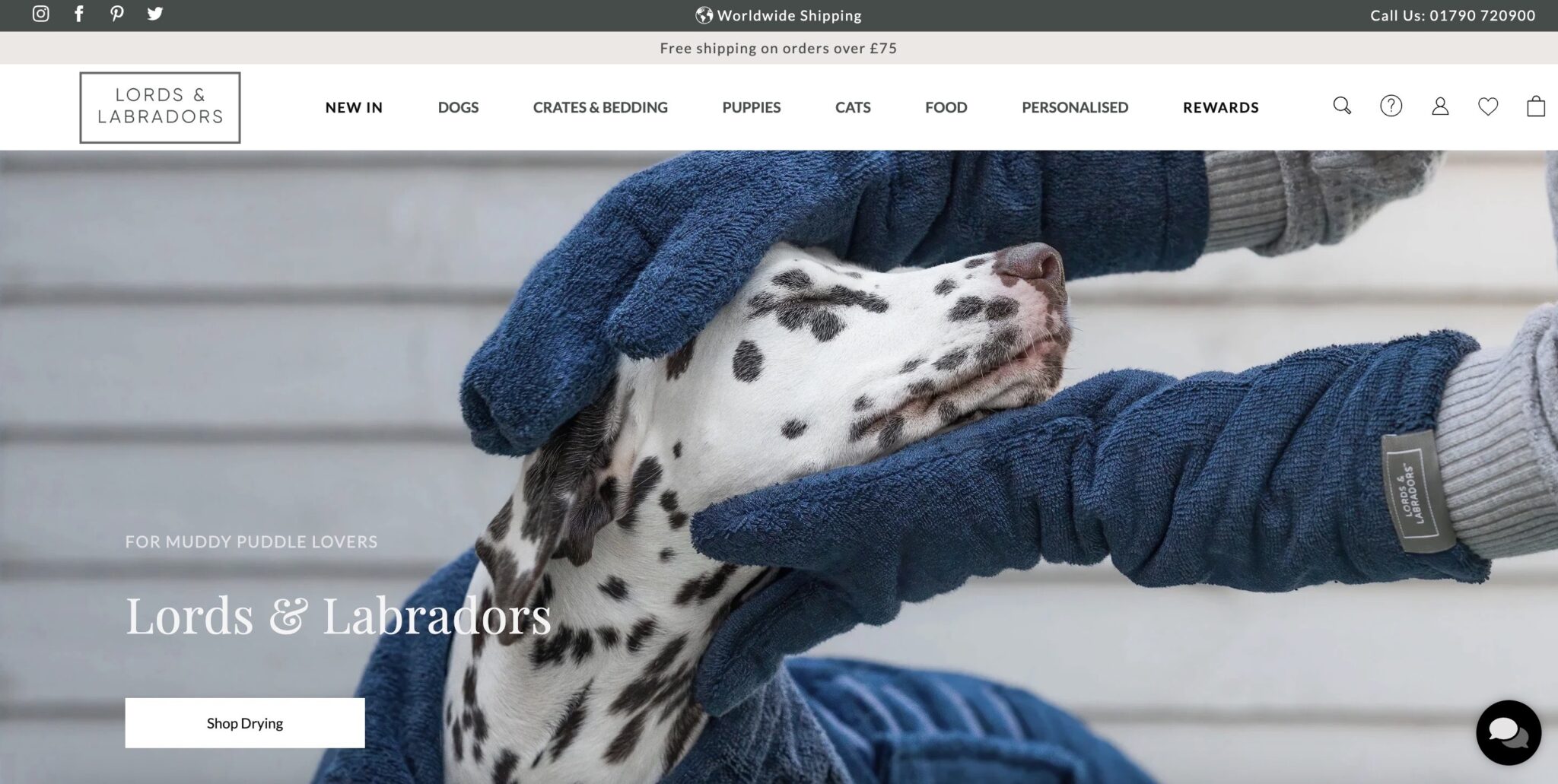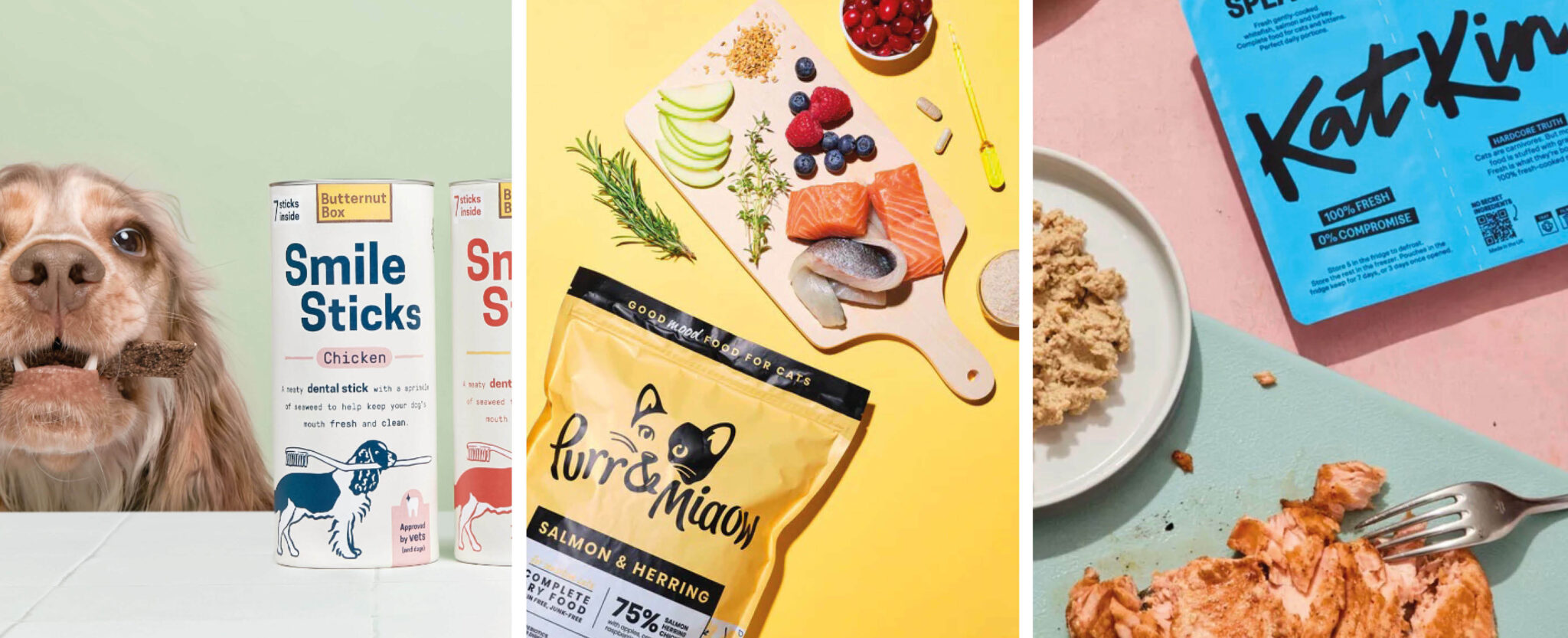
The humanisation of Pets marketing strategy
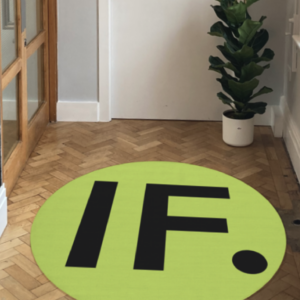
by thedrawingroom
OPINION
|6 months ago
There’s no denying we’ve long been a nation of pet lovers, and thanks to lockdown spurring a shift in homeworking, pets are playing an even bigger part in our lives. Payday priority is now finding a matching outfit for dog and owner or sourcing special grain-free treats for our pets (ahem, guilty!).
Say hello to the humanisation of pets.
From personalised meal plans on subscription to indulging on the latest tech, our pets are now treated like an equal part of the family. You only have to dip into Google trends for search terms such as ‘dog jumper’ and ‘best dog food’ to gauge how we have rapidly shifted into a mindset of wanting much more for the wellbeing of our pets.
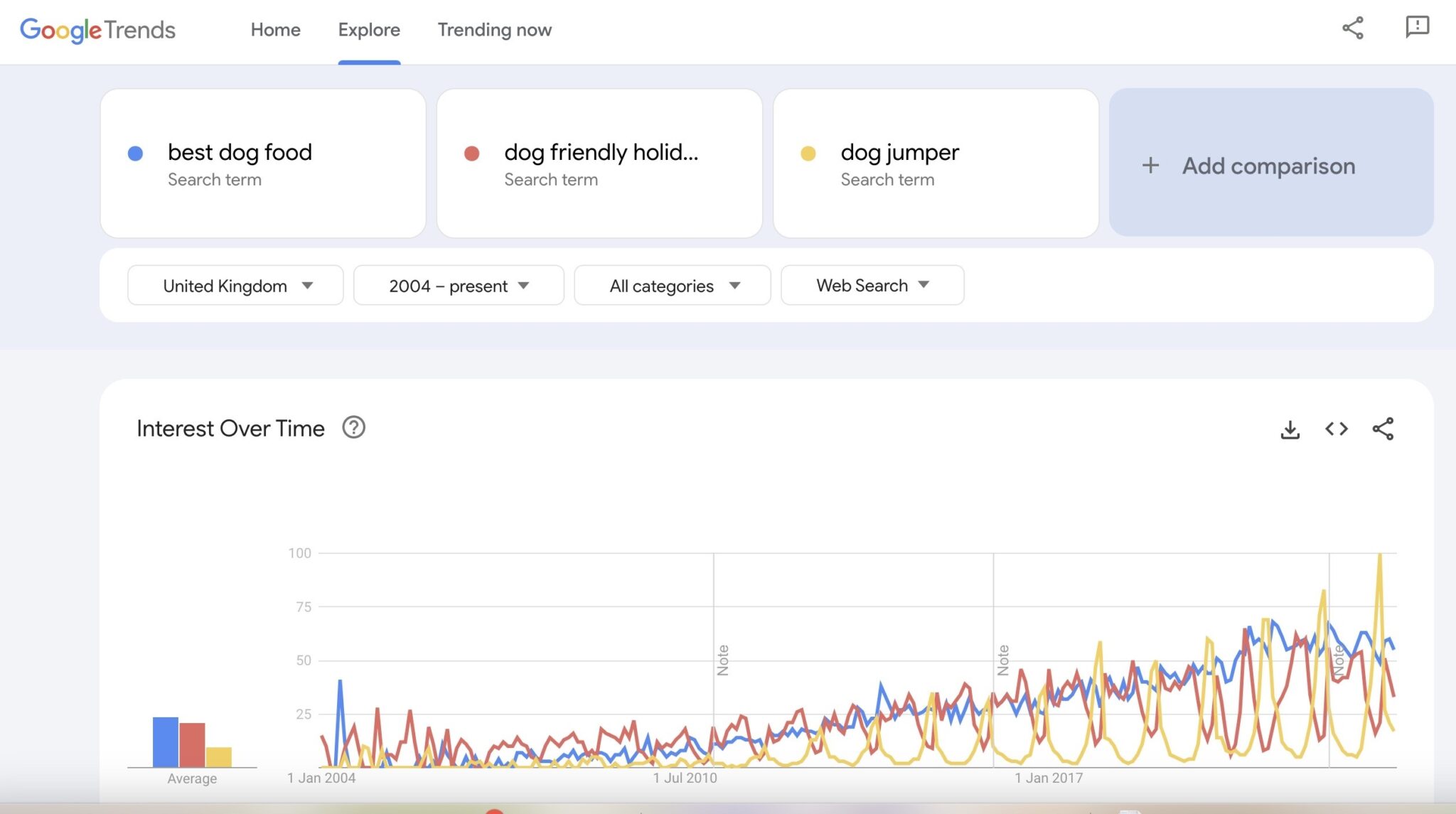
Looking back a few short years, our shopping options were the pet aisle in your local supermarket… Fast forward to 2023, and it’s impossible to ignore the boom of online pet accessory brands, fresh food subscription services, and tech options for the four-legged friend in the family. There’s been a real shift in how we care for our pets, and how they fit within our lifestyle (or how our lifestyle fits around them!). As a result, consumer spending in the pet industry hit a whopping £9.66 billion British pounds in 2021*.
Not only are we spending more, but the audience has shifted. PDSA’s 2022 pet wellbeing report** has shown that 34% of new pet owners are first-timers. This new generation are likely to be younger (between 18-44), have a higher household income, and live in urban environments.
In short, we now own more pets, we’re spending more on them, there’s a newer, younger audience, and importantly, we care in deeper and more significant ways for their wellbeing.
So, with the shift in consumer behaviour towards pets, does it call for a shift in how the pet industry presents itself? As a pet mad team, we couldn’t let this opportunity slide without sharing a little teaser into our insight.
So here are four key takeaways on how to humanise your pet marketing strategy.
1. Educate with confidence
It’s a noisy and competitive space. So it’s crucial to create a brand unique enough to attract a new, younger customer, and to re-engage long-time pet owners to shift from their faithful familiar brand. You have to educate the pet owner.
Take Butternut Box for example, the online-only fresh food subscription service, who’s challenging ‘the way it’s always been’.
They’ve brought this to life with the ‘build a box’ process: capturing the potential customer and in return sending cleverly tailored and informative emails that demonstrate that they really know you, your dog, and why you need to step away from the kibble. They lead with confidence and reassurance, leaving the consumer shifting their thought process to ‘maybe fresh is best’.

Our own research into the online consensus in the UK has shown us that the top two priorities dog owners consider when it comes to purchasing food are that of ‘good value’ and ‘special diets’. We want to find the best for our money, yet we’re leaning more towards a specialised diet, giving our pets the healthiest of lives.
Our key takeaway? It’s more than just a case of saying ‘it’s healthy’ or ‘it’s tasty’. Our audience are switched on, looking for the best and is willing to explore what feels tailored and ‘best’ for their individual pet.
2. Add the human touch to your pet social presence
Whether you sell pet food or burgers, feature a cute cat or dog on your social feed and you’re bound to see an uplift in engagement metrics. We love a pet pic as much as the next person, but how do you stand out as a pet brand in a competitive space on social? Humanise your strategy.
Take Good Boy Ollie, for example, the UK-based chocolate Labrador who is most likely one of the world’s most famous dogs at this current moment thanks to his rising fame on TikTok. Over 6 million followers and averaging around 2 million views per video, he’s an internet sensation. But why? Well besides the fact he’s very sweet, his owners have created content that truly humanises Ollie, filming him doing very human-based activities to even commentating on the videos as if it were Ollie himself.
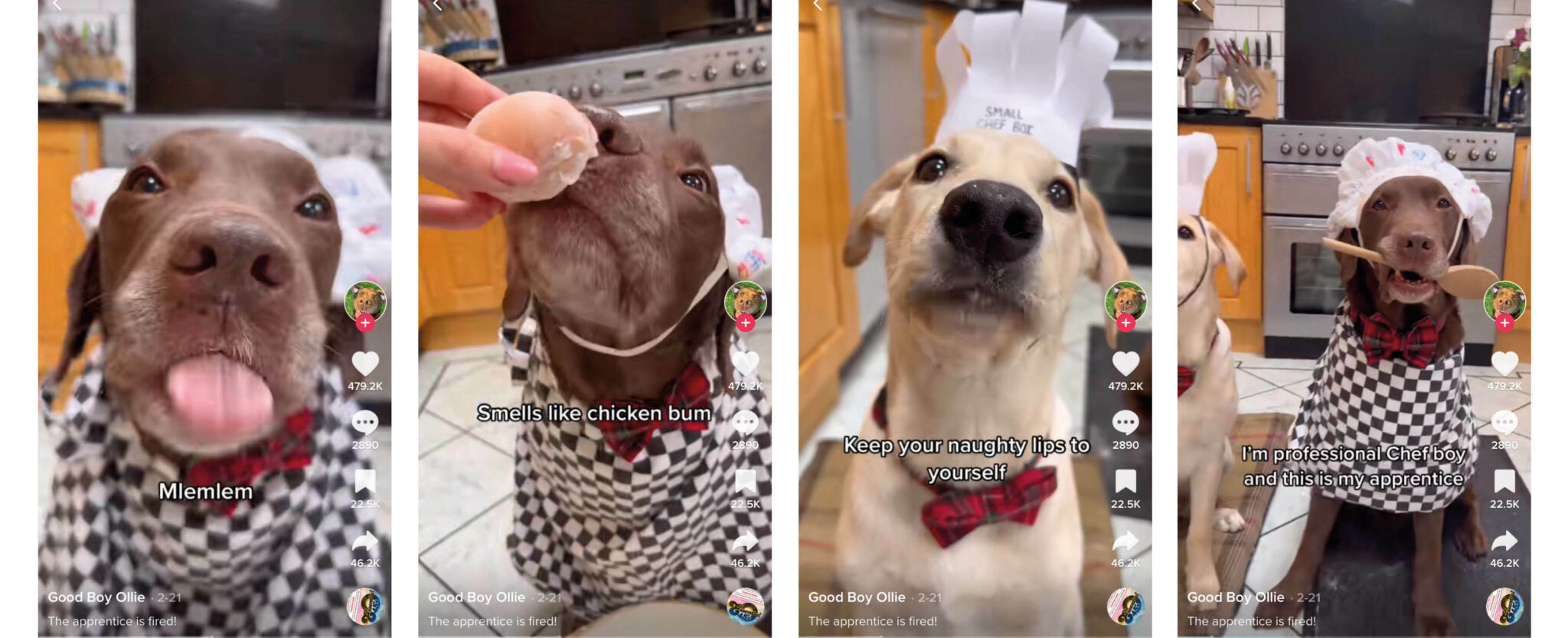
As a brand, I’d be looking at my social strategy and thinking – How can I put a playful human personality into my product that speaks to the hearts of a nation that humanises their pets? Looking at the Instagram accounts of the likes of Tails.com and CocoPup, two of the UK’s growing pet brands, they lean into the humanisation element, speaking to the new pet owner audience within their playful social strategy, humanising pet traits to the joy of their audience.
3. Go beyond the obvious
It’s our mantra, after all. When it comes to thinking about pet brands, I bet the words ‘Elegant’ or ‘Edgy’ don’t come to mind. It’s not an obvious fit right?
Let’s take KatKins. At first glance, you may have thought you’ve accidentally stumbled across the b-roll footage of a pop music video or a fashion shoot. The electric colours, the raw-style photography and the loud tone. Outrageous and demanding, just like your cat. It’s memorable. It catches you and you can’t help but want to explore further.
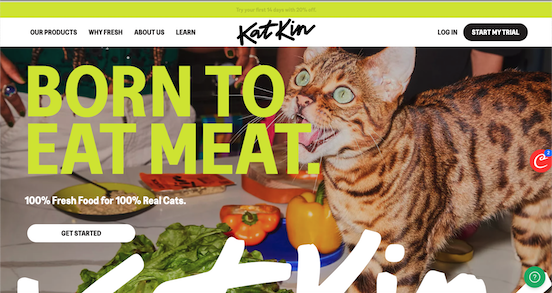
Lords & Labradors on the other hand, is calming and elegant, luxurious and tasteful. ‘For muddy puddle lovers’, language you think you’d see on a toddler outdoor clothing brand. They get extra points for their leading homepage content being tailored to the first-time pet owner with blogs such as ‘how to measure for a dog collar’. They give a sense of expertise whilst elevating their offering to a more premium touch from your average pet brand. As a nation that apparently wants only the best for their pets and is willing to spend more, it’s a smart move.
4. Humanise your pet packaging
Whether it’s the product name itself, like Butternut Box with their ‘smile sticks’ (Dogs smile?) to the way the food is created and described, like Katkins ‘gently steamed fish’, we’re experiencing the humanisation of pet food packaging, mirroring human behaviour and cooking habits. Even Pooch and Mutt with their ‘good mood’ treats for cats had us thinking – do our pets need an emotional uplift like us humans?
Key takeaway? When addressing an audience that is more aware and invested in the well-being and emotional needs of their pets, playing with human emotion, and incorporating human traits into your package messaging aids to building an emotional connection to the concerned and caring owner.
Do cats really care if their fish has been gently steamed? Probably not. But does the human that is buying them? Potentially.
So there you have it, as a changing nation of pet lovers, it may be time to review your approach to ensure your pet marketing strategy has a ‘human’ touch. Not sure where to begin? Or just want to share cute pictures of your pets? We’re here for either. Get in touch and let’s chat.
*Statista Consumer spending on pets and related products in the United Kingdom (UK) from 2005 to 2021 (in million GBP)* https://www.statista.com/statistics/308266/consumer-spending-on-pets-and-related-products-in-the-united-kingdom-uk/
** PDSA Pet Wellbeing Report https://www.pdsa.org.uk/media/12965/pdsa-paw-report-2022.pdf

